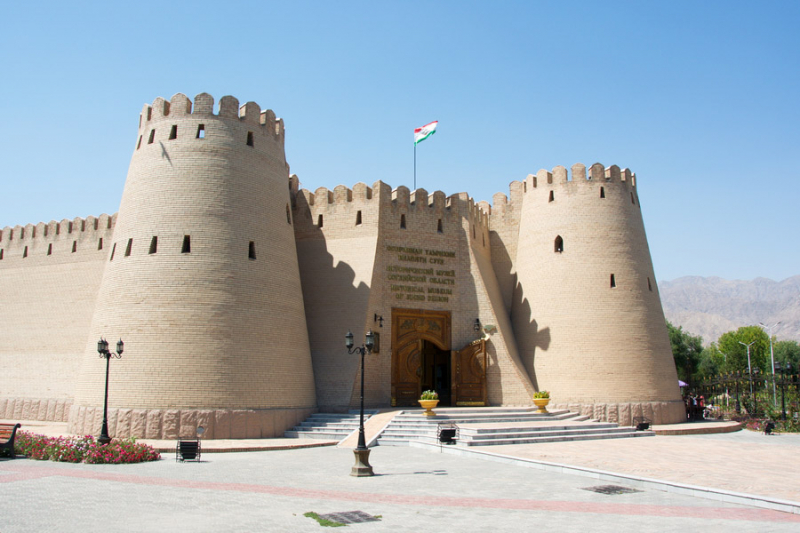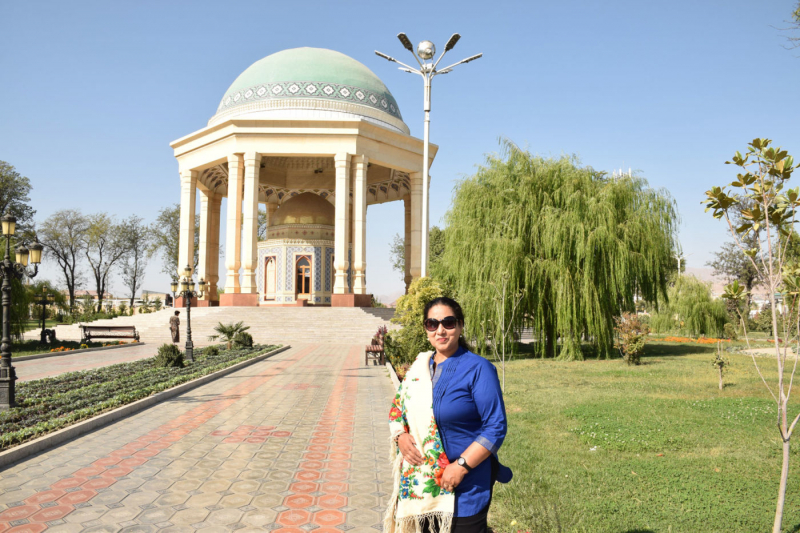Khujand Fortress
In the VI-V centuries BC, Khujand Fortress was built. According to the findings of the North Tajik archaeological complex expedition, Khujand Fortress was originally enclosed by an embankment and then by a raw material wall of significant thickness. Separate fortress walls surrounded the city and citadel components of ancient Khujand, which were separated by a vast and deep watery moat.
The ruins of these defenses were discovered beneath the central part of the left bank of Khujand and encircle the ancient city's 20-hectare territory. A new fortress was built in the VI-VII centuries. The citadel, Shahristan, and Rabid were the three principal components of medieval Khujand. At the gates of Rabad, the citadel was situated on the banks of the Syr Darya. The medieval Khujand Fortress was regarded as one of Central Asia's most fortified.
During Genghis Khan's siege of the city, 25 thousand warriors and 50 thousand Central Asian prisoners were dispatched. One of the greatest chapters in the history of the Tajik people's freedom movement is Timurmalik's courageous defense of the Khujand Fortress and the neighboring island on the Syr Darya. The castle of Khujand was destroyed as a result of the Mongol invasion. According to the historian Hofiz, the fortress was in ruins at the start of the fifteenth century. According to Zahiriddin Babur, the stronghold was renovated at the end of the 15th century and served as the residence of the local king.









